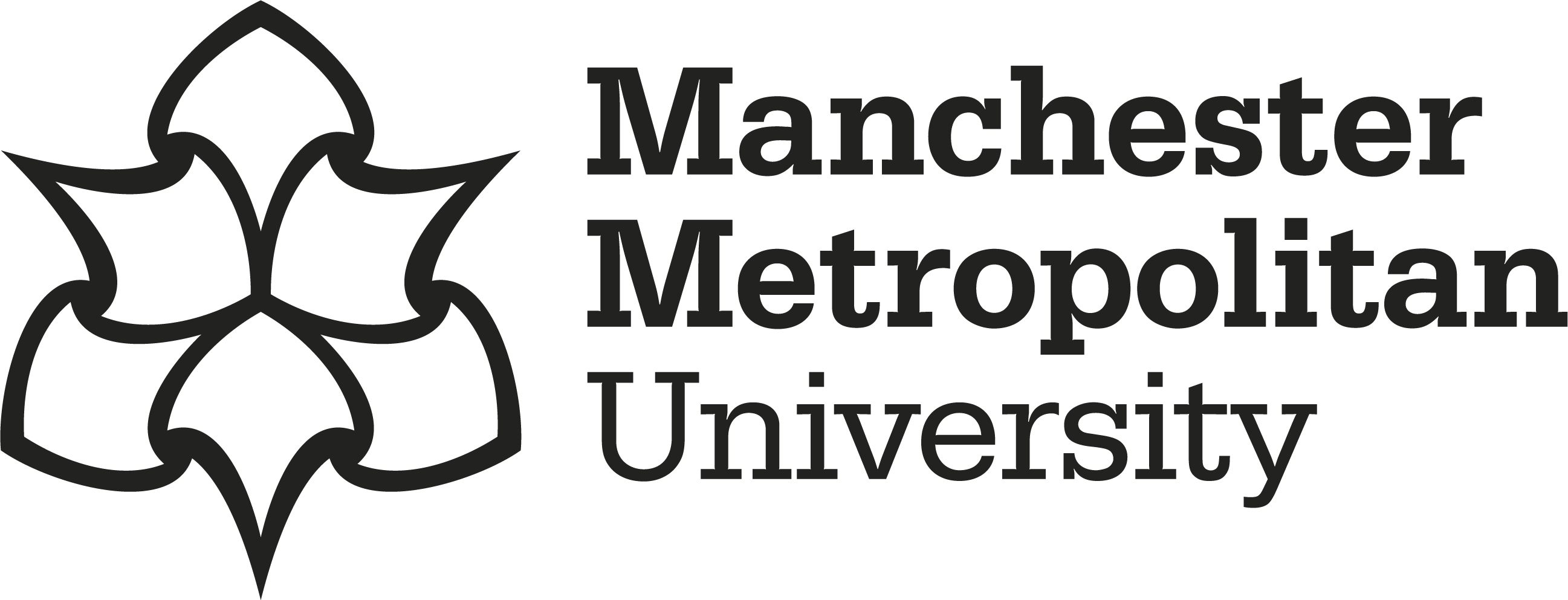Dong, Min, Fang, Alex Chengyu and Curry, Niall 
|
Accepted Version
File not available for download. Available under License In Copyright. Download (715kB) |
Abstract
Contrastive linguistics involves the study of differences and similarities across languages, varieties of language, registers, and/or modes. Following the success of the contrastive analysis hypothesis in the 1940s, contrastive linguistics fell into decline, due to its lack of capacity for predicting errors, based on first languages, and perceived weaknesses in its theoretical foundations. Owing, in part, to developments in corpus linguistics, contrastive linguistics saw a revolution in the 1990s, when both technological and theoretical innovations allowed it to overcome the challenges of its past and reposition itself within applied linguistics research. This chapter documents contrastive linguistics’ development and its reemergence as contemporary corpus-based contrastive linguistics, by offering an in-depth discussion of the fundamental concepts in contrastive linguistics (e.g. the tertium comparationis, equivalence, and sameness), multilingual corpora (e.g. parallel and comparable corpora), and methodological approaches (e.g. typological, phraseological, and variational approaches). To operationalize this discussion, the chapter includes a case study that focuses on a corpus-based contrastive analysis of causal relation marking in English and Chinese scientific texts. Specifically, the study first aims to determine what factors influence the interlingual grammatical explicitness in Chinese translations by comparing these texts with English source scientific texts. Second, the study investigates whether register similarities can be uncovered in relation to a preference for implicit marking of causality between Chinese and English scientific texts. The findings of the study serve to demonstrate the application of fundamental concepts in contrastive linguistics, multilingual corpora, and relevant methodological approaches in corpus-based contrastive linguistic studies. In closing the chapter, a brief reflection is offered that considers future directions for the field, which is followed by a summary of selected suggested readings.
Impact and Reach
Statistics
Additional statistics for this dataset are available via IRStats2.


